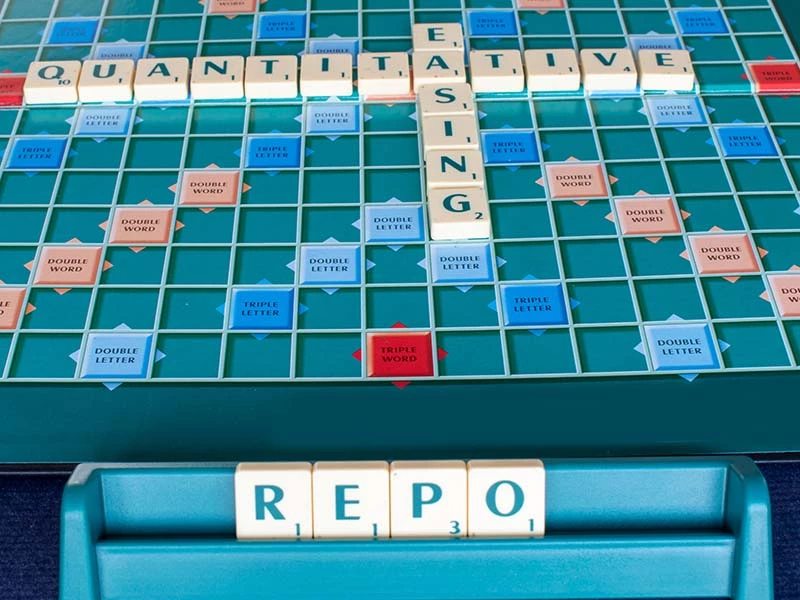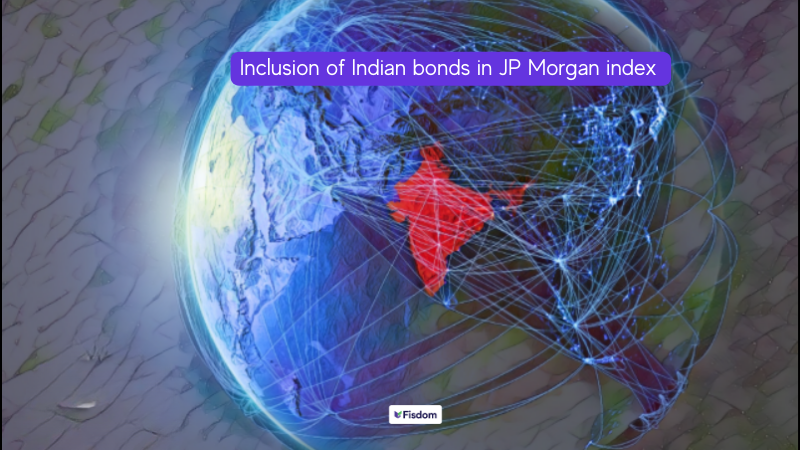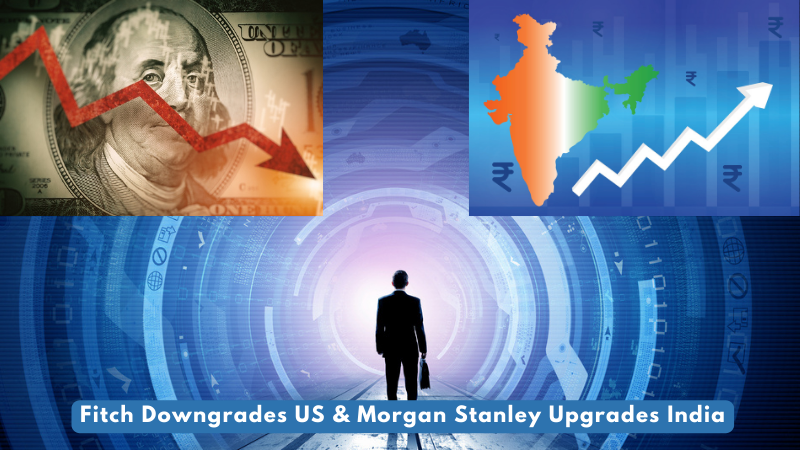
The term ‘REPO’ means repurchase option or agreement. This monetary tool is used by the central bank of India, RBI, to let commercial banks borrow money when needed and by offering collateral like government bonds and treasury bills. For lending funds to commercial banks, the Reserve Bank of India charges a certain interest amount, which is known as the repo rate. Repo rate is subject to change as per RBI’s policies and decisions.
Whenever commercial lenders face shortage of funds, they can reach out to RBI to borrow funds for a specific tenure by pledging government bonds as collateral. These commercial bank borrowers pay interest to the RBI as per the latest repo rate. At the end of loan tenure, the banks can repurchase these bonds from the RBI by paying a predetermined price. Current repo rate is 4.00% as announced on 9th Oct, 2021.
How is repo rate used by the RBI for economic stability?
Just as a borrower has to pay a certain interest amount on the principal money borrowed from a financial institution, banks that borrow money from the Reserve Bank of India also have to pay the cost of credit to the apex bank. The rate at which RBI lends money to the commercial banks and financial institutions in India is known as repo rate. Repo is an agreement between banks and RBI in which the latter lends money to financial entities against security.
Repo rate is an important mechanism used by the central bank to control inflation and ensure sufficient liquidity is maintained in the economy. Thus, depending on the economic situation in the country, the RBI takes decisions on the repo rate from time to time.
The Monetary Policy Council that is headed by the RBI Governor is responsible for taking decisions on current repo rate. With repo rate changes, RBI tries to achieve stability in the economy. Any repo rate changes impact the cost of credit for commercial banks and therefore the lending rates. Thus, with repo rate changes, home loan interest rate, rates on bank deposit, etc, tend to change.
How does RBI monetary policy decide the repo rate?
RBI repo rate helps in controlling and regulating the economy’s liquidity. For example, by increasing the repo rate, RBI limits the amount of cash in the economy and thereby tries to curb increasing inflation. On the other hand, if RBI reduces the repo rate, the cost of credit reduces, resulting in a boost to borrowings by commercial banks. The recent cuts announced in RBI repo rates as per latest monetary policy changes are primarily aimed at increasing liquidity in the financial system and encouraging economic growth.
How do repo rate changes control inflation and growth?
A high repo rate results in less money with banks for lending, and vice versa. Since credit forms the backbone of a capital-led economy, less availability of credit resulting from high costs of borrowing can limit the money supply, which can deter economic activities. This is mainly used when the inflation is high as per RBI’s target standards and there is a need to control price rises in the economy. This mostly comes at the cost of contained economic growth.
On the other hand, in situations when the inflation is under control and economic growth is slowing down, RBI may cut repo rate and also the reverse repo rate. This helps in increasing credit availability and reducing the cost of borrowing. It leaves more money in the hands of businesses and people in general, which fuels economic growth.
What is the reverse repo rate?
Reverse repo rate is also one of the mechanisms used by RBI to control rising inflation by restricting market liquidity. Reverse repo rate is the interest rate at which RBI borrows money from commercial banks in the country. By offering attractive interest rates to commercial banks, RBI takes funds from commercial banks.
During high inflation, RBI may increase the reverse repo rate to encourage commercial banks to park their surplus funds with RBI and earn a high interest rate. This helps in controlling the money supply in the market and thereby controlling inflation.
How are repo and reverse repo rates interlinked?
Repo and reverse repo rate are two key monetary tools used by the RBI from time to time for controlling inflation and maintaining sufficient liquidity in the economy. Repo rate is the rate at which RBI offers funds to commercial banks in India. Reverse repo rate is offered by RBI to commercial banks for borrowing funds from them.
Commercial banks can source additional funds from RBI by paying the repo rate and offering government bonds as collateral. For depositing excess funds with RBI, commercial banks get reverse repo rate as earnings. Repo rate is usually higher than the reverse repo rate. While repo rate helps to balance inflation by infusing funds in the economy, reverse repo rate takes away the total money supply from the economy to bring down inflation.
Higher the repo rate, the more will be the cost of credit. In case of reverse repo rate, it encourages banks to deposit their surplus fund with RBI thereby reducing the cash flow in the economy. Lowering the repo rate reduces the cost of credit for commercial banks in the country and allows them to lend money at lower interest rates to retail borrowers. Any reduction in reverse repo rate helps to boost the cash flow in the economy since commercial banks tend to reduce their deposit with the RBI.
Conclusion
A reduction in repo rate leads to banks and lending institutions cutting down their lending rates. This can be beneficial for retail loan borrowers in the country. However, to reduce the loan EMIs, the lender must first reduce the base lending rate. As per RBI norms, banks and financial institutions must transfer the benefit of interest rate reduction to consumers at the earliest.
FAQs
All floating rate loans are generally linked to the Repo rate. The rate offered to consumers will be calculated as Repo rate plus spread.
The frequency of changes to Repo rate is decided by the RBI. Repo rates are generally reset every three months.
As per Reserve Bank of India (RBI) guidelines, any cut in repo rates and corresponding benefits should be passed onto consumers in the form of interest rates of loans.
Since debt mutual funds may invest a portion of the corpus in bonds, long-term bonds with maturity of 10-30 years may be highly impacted by Repo rate changes as compared to short-term bonds.
Overnight Repo is a day-long repo trade. Under this, banks sell shares to the RBI for currency. This is repurchased the next day and money is returned to the central bank.



























